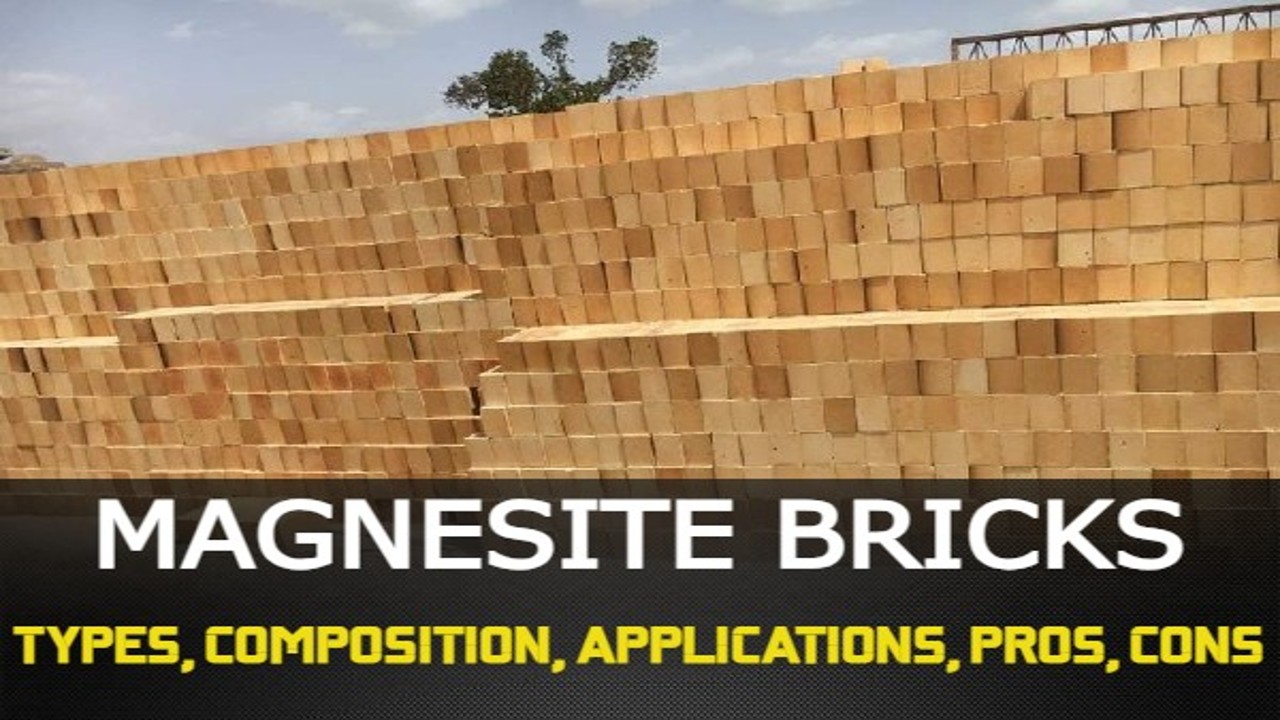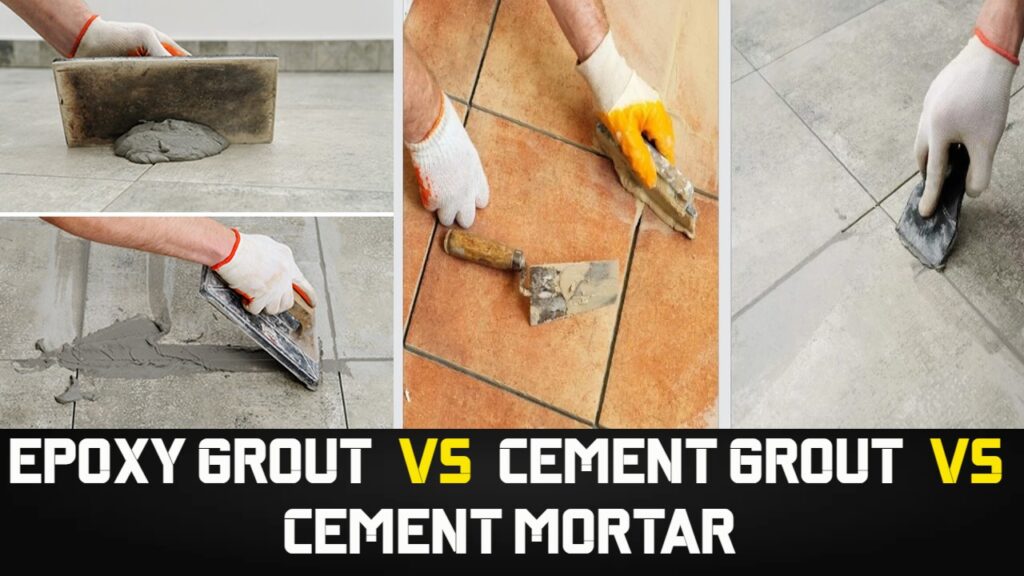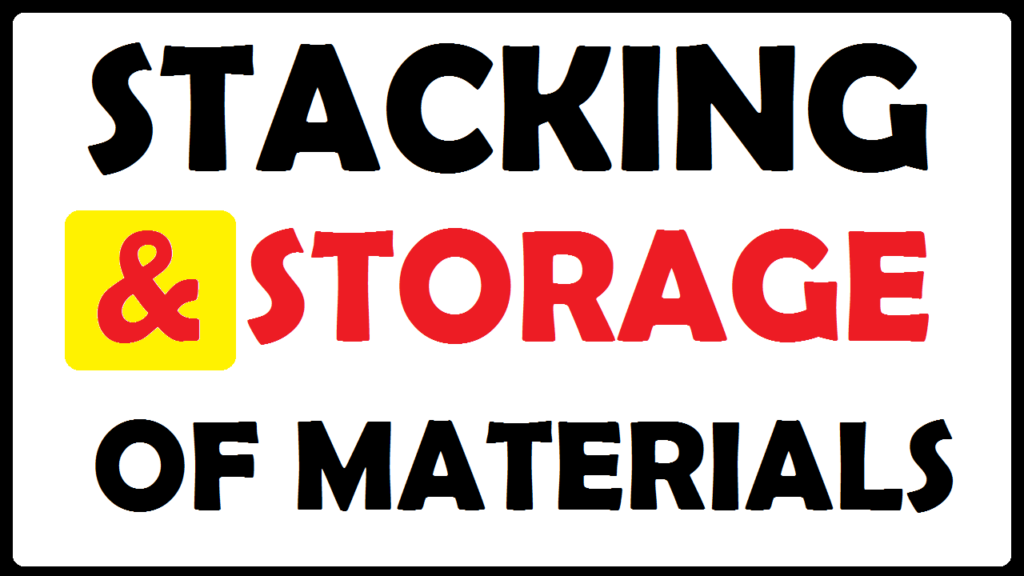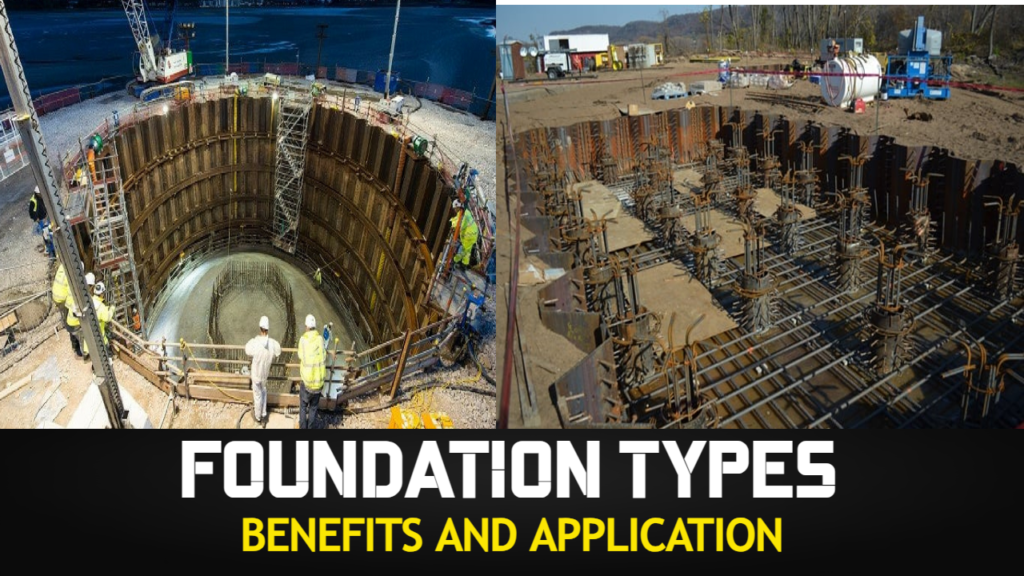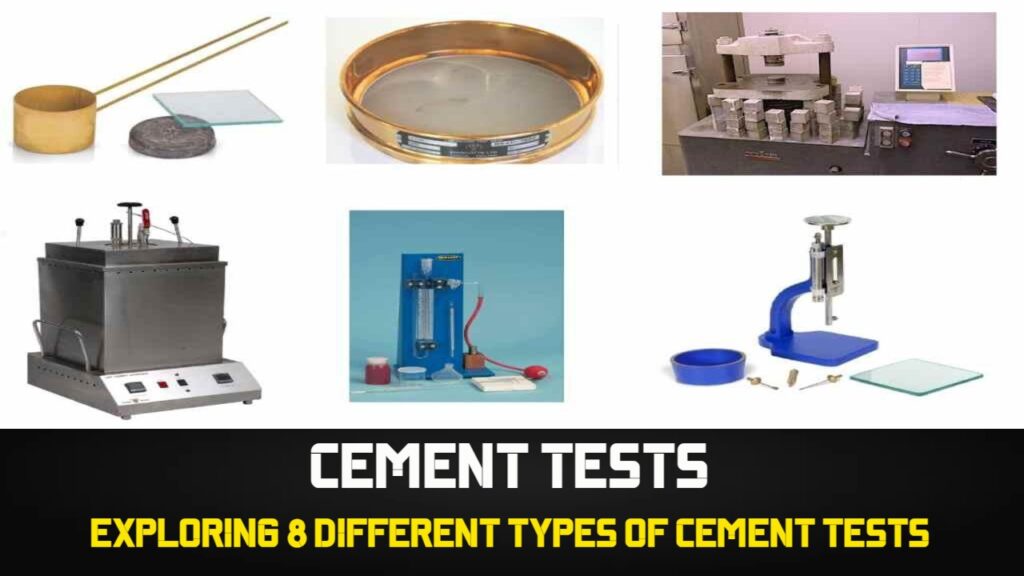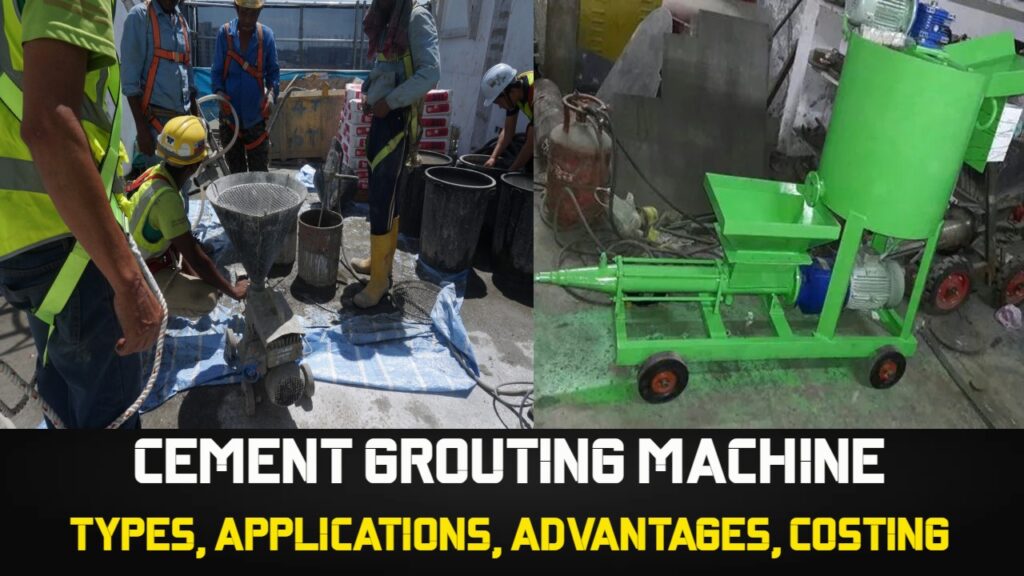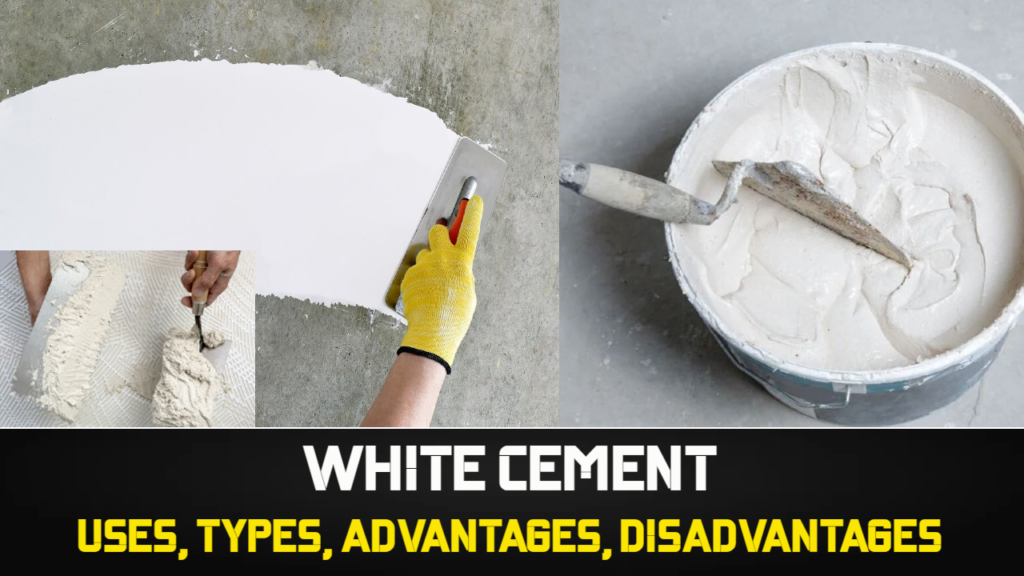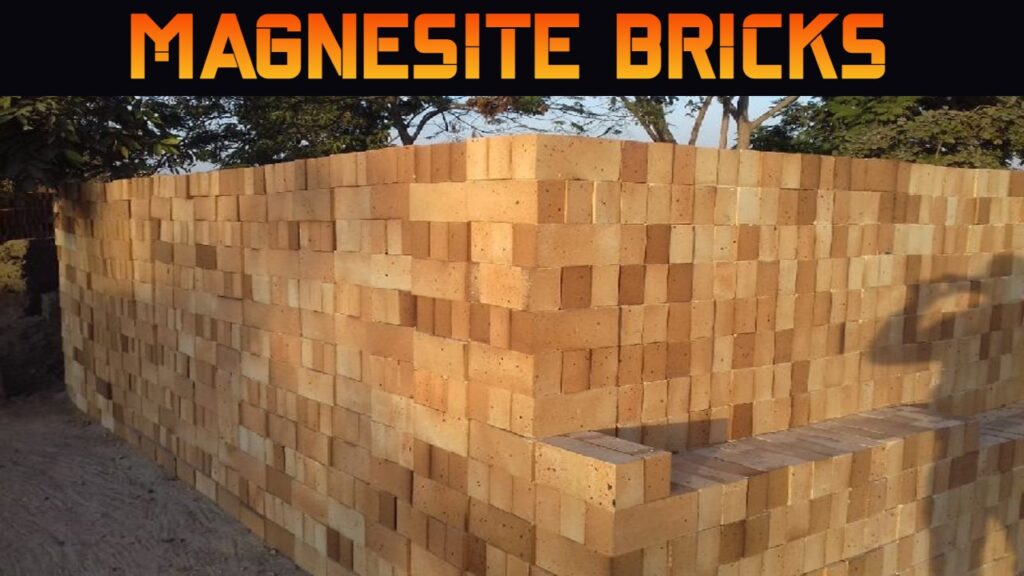
Contents
- 1 Introduction
- 2 Definition of Magnesite Bricks
- 3 Importance in Construction Industry
- 4 Types of Magnesite Bricks
- 5 Composition of Magnesite Bricks
- 6 Use of Magnesite Bricks in Construction
- 7 Advantages of Magnesite Bricks
- 8 Disadvantages of Magnesite Bricks
- 9 Conclusion
- 10 FAQs
- 10.1 Can magnesite bricks be used in acid environments?
- 10.2 Are magnesite bricks expensive?
- 10.3 What is the maximum temperature that magnesite bricks can withstand?
- 10.4 What are the main applications of magnesite bricks?
- 10.5 How do magnesite bricks compare to other refractory materials?
- 10.6 How can the lifespan and performance of Magnesite Bricks be maximized?
- 10.7 What factors should be considered when selecting Magnesite Bricks for a construction project?
Introduction
Due to their exceptional durability and high-temperature resistance, magnesite bricks are a form of refractory brick that is frequently utilized in the building sector. Magnesium oxide (MgO) and other additions that improve the quality of the brick are its main components. We shall examine the numerous facets of magnesite bricks in this article, including their kinds, composition, uses in building, benefits, and drawbacks.
Magnesite bricks, commonly referred to as magnesia bricks, are very refractory substances capable of withstanding high temperatures. They have several uses in fields like steelmaking, cement manufacturing, and furnaces where high temperatures are present. In order to increase their strength and thermal stability, these bricks are made by pressing or moulding a combination of magnesia and other elements.
Definition of Magnesite Bricks
Bricks constructed of magnesium oxide (MgO) and other additions are known as magnesite bricks. They are employed in applications that call for tolerance to extremely high temperatures because of their great thermal resistance.
Importance in Construction Industry
Magnesite bricks are essential in the construction sector for building structures that can endure extreme temperatures and severe conditions. They are crucial to many different building projects because of their capacity to withstand thermal stress and preserve structural integrity at high temperatures.
Types of Magnesite Bricks
Based on their production method and characteristics, magnesite bricks may be divided into numerous categories. The primary kinds consist of:
Direct-Bonded Magnesite Bricks
Magnesite grains are combined with a high-purity magnesia binder to create direct-bonded magnesite bricks. These bricks are ideal for use in the steelmaking and non-ferrous metal industries because of their superior corrosion resistance and strong thermal conductivity.
Fused Magnesite Bricks
In order to create fused magnesite bricks, raw materials for magnesia must first be melted in an electric arc furnace, then the molten material must be cooled and solidified. High-density, exceptional thermal shock resistance, and high refractoriness bricks are produced as a result of this method. They are frequently employed in situations involving high temperatures.
Burned Magnesite Bricks
In order to create burned magnesite bricks, raw materials for magnesia are heated to a high temperature, cooled, and then shaped. These bricks are frequently employed in a variety of high-temperature industrial furnaces and have strong thermal shock resistance.
Chemically Bonded Magnesite Bricks
Magnesia is combined with an appropriate chemical binder, such as an alkali metal phosphate, to create chemically bound magnesite bricks. These bricks are frequently used in cement and lime kilns and have strong resistance to slag corrosion.
ALSO READ: Top 250 Civil Engineering Interview QnA : PDF Download
Composition of Magnesite Bricks
Magnesite bricks are made of a variety of materials, which add to their special characteristics. The following are the main elements of magnesite bricks:
Magnesium Oxide (MgO)
The main substance in magnesite bricks is magnesium oxide, sometimes called magnesia. It gives the bricks solidity and resilience to high temperatures.
Silica (SiO2)
Magnesite bricks are strengthened and have their thermal expansion reduced by the addition of silica. Additionally, it contributes to the bricks’ improved refractoriness.
Iron Oxide (Fe2O3)
During the firing process, iron oxide functions as a fluxing agent and lowers the fusion temperature of magnesite bricks. Additionally, it gives the color of the brick.
Calcium Oxide (CaO)
Bricks are given calcium oxide to increase their workability and lessen shrinkage while being manufactured. Additionally, the bricks’ resilience to thermal shock is improved.
Alumina (Al2O3)
To improve the mechanical strength and corrosion resistance of mag bricks, alumina is added to the mix.
Use of Magnesite Bricks in Construction
Due to their outstanding qualities, these bricks are used extensively in the building sector. The following are a few applications for magnesite bricks:
High-Temperature Applications
Mag bricks are often utilized in high-temperature settings including incinerators, glass tank regenerators, and steelmaking furnaces. They are perfect for these settings because they can resist intense heat without compromising their structural integrity.
Steelmaking Industry
Bricks are used to line electric arc furnaces, converters, and steel ladles in the steelmaking industry. The steelmaking process involves high temperatures and chemical processes, which these bricks can endure.
Furnaces and Kilns
Mag bricks are used in a variety of furnaces and kilns, such as glass furnaces, cement kilns, and lime kilns. They are appropriate for these demanding applications due to their outstanding thermal shock resistance and refractory qualities.
Cement and Lime Production
Kilns that operate at high temperatures are used to make cement and lime. These bricks are used to line the kilns, insulating them and safeguarding their structural integrity.
ALSO READ: Top 20 Difference between AAC Blocks and Red Bricks
Advantages of Magnesite Bricks
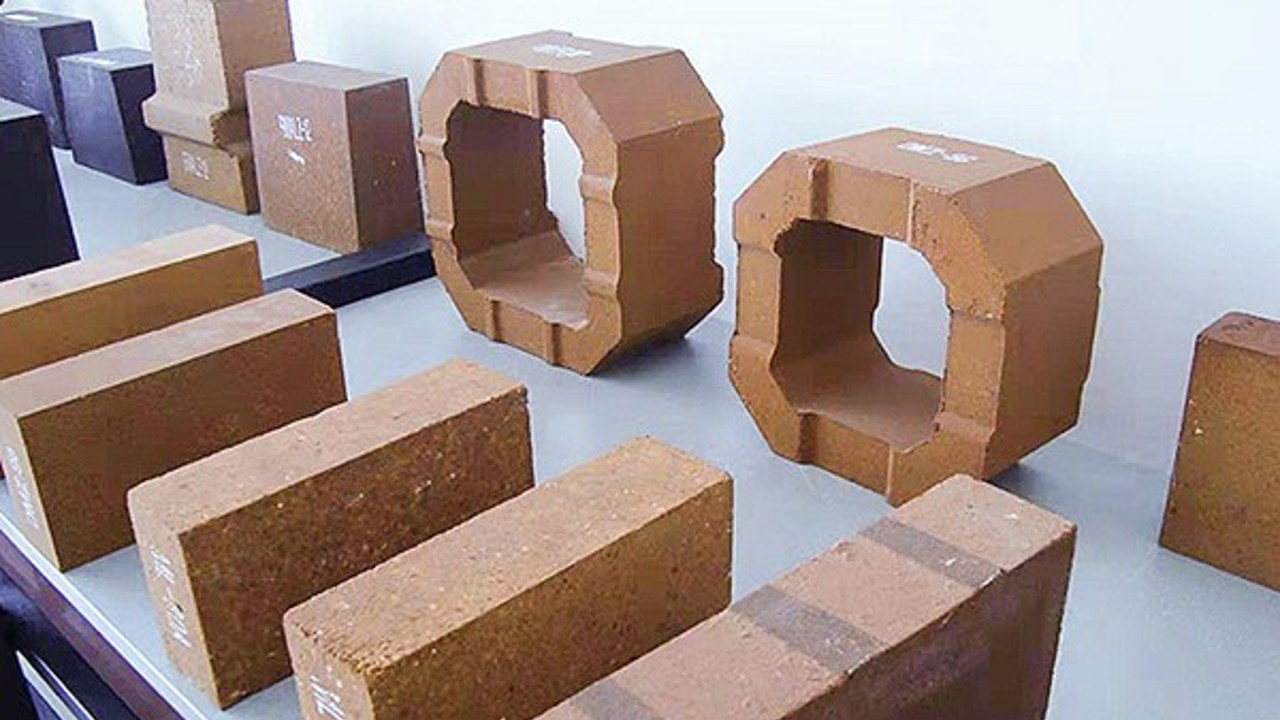
These bricks have a number of benefits that make them highly sought-after in the building sector. Among the principal benefits are:
Excellent High-Temperature Resistance
Mag bricks are resistant to structural damage even at temperatures of up to 3000°C (5432°F). They are able to be employed in applications where other materials would fail because of their excellent temperature tolerance.
Good Thermal Conductivity
Due to their excellent thermal conductivity, these bricks are effective in transferring heat. In applications like furnaces and kilns where even heat dispersion is crucial, this characteristic is advantageous.
High Compressive Strength
Mag bricks have a high compressive strength, which enables them to support large loads. Even under challenging circumstances, its strength guarantees the construction’s structural integrity.
Low Thermal Expansion
When subjected to abrupt temperature fluctuations, the low thermal expansion of these bricks helps reduce the possibility of cracking or spalling. It permits the bricks to swell and shrink without suffering serious harm.
Disadvantages of Magnesite Bricks
Mag bricks have several restrictions in addition to their many benefits. It’s crucial to take into account the following drawbacks:
Susceptible to Thermal Shock
When suddenly changing temperatures are applied to these bricks, they are vulnerable to thermal shock. Rapid heating or cooling might result in brick fissures or even total collapse. Thermal shocks must be kept to a minimum in their applications.
Not Suitable for Acidic Environments
The chemical makeup of mag bricks makes them unsuitable for usage in acidic conditions. They may react with acids, causing corrosion and brick degradation. Alternative refractory materials are required in acidic environments.
High Cost
These bricks are frequently more costly when compared to other refractory materials. Their increased price is a result of the high cost of the raw ingredients and the difficult production process.
Conclusion
Magnesite bricks are extremely dependable refractory materials that may be employed in a variety of building applications. They are vital in sectors including steelmaking, cement manufacturing, and furnace lining due to their remarkable high-temperature resistance, thermal conductivity, and compressive strength. Although they have drawbacks including being vulnerable to heat stress and having a restricted range of applications in acidic conditions, their benefits exceed these restrictions. For difficult building tasks that call for strong, heat-resistant materials, these bricks remain a top option.
FAQs
Can magnesite bricks be used in acid environments?
No, These bricks are not suitable for use in acidic environments as they can react and deteriorate under such conditions.
Are magnesite bricks expensive?
Due to the high cost of the raw ingredients and the complicated production process, these bricks do tend to be more expensive than other refractory materials.
What is the maximum temperature that magnesite bricks can withstand?
These bricks can endure temperatures as high as 3000°C (5432°F) without suffering serious structural damage.
What are the main applications of magnesite bricks?
These bricks are used in high-temperature settings including industrial furnaces, cement and lime kilns, and furnaces used in the production of steel.
How do magnesite bricks compare to other refractory materials?
Mag bricks have high compressive strength, great high-temperature resistance, and outstanding thermal conductivity. They are not ideal for acidic settings, however, and unlike certain other refractory materials, they are subject to heat stress.
How can the lifespan and performance of Magnesite Bricks be maximized?
Correct installation and maintenance procedures are essential to extending the life and performance of M bricks. This entails following the right curing procedure, using the right mortars and adhesives, keeping an eye on and limiting temperature differences, and performing routine inspections to look for any symptoms of wear, erosion, or damage. The integrity of the refractory liner should be maintained by timely repairs or replacements.
What factors should be considered when selecting Magnesite Bricks for a construction project?
The operating temperature of the application, the chemical environment, the mechanical loads the bricks will be subjected to, and the necessary lifespan of the refractory lining are important considerations when choosing bricks. The right type and grade of brick will be determined in part by these variables.
